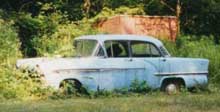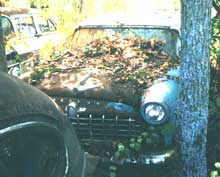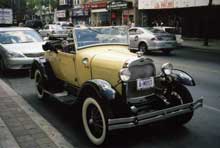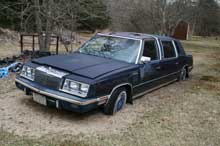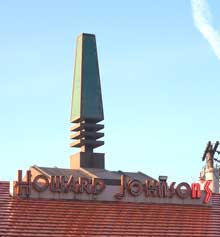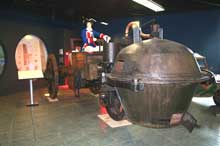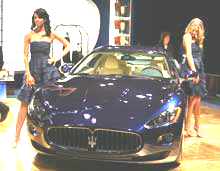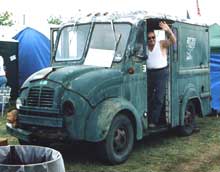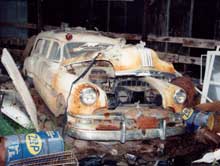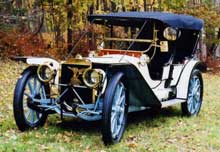The General was in a pickle. The Volkswagen Beetle, and increasingly Renault Dauphine, were eating into his USA market share, and his reinforcement, the Chevrolet Corvair, would not be ready until the Fall of 1959. What do do? A well-equipped general reaches out to his legions, and that’s just what General Motors did, bringing British Vauxhall Victors to Americans through their local Pontiac dealers.
Vauxhall Iron Works built its first cars in South London in 1903. Moving to Luton, Bedfordshire in 1905, the firm changed its name to Vauxhall Motors in 1907. Notable Vauxhalls were the Prince Henry tourers, built for the 1910 Prince Henry Trials in Germany and sold as replicas through 1913. A successor, the 30/98 was built until 1922.
Small but still moderately profitable, Vauxhall was taken over by General Motors in December 1925. This led to a gradual Americanization of the cars, and a general move downmarket. Stately models of the early 1930s became middle class by 1938, though the hallmark bonnet “flutes” from early models remained.
After World War II, Vauxhall took on more GM family resemblance with the Velox of 1948-57. New for ’57 was the Victor, which, looking much like a miniature ’55 Chevy, was expected to appeal to Americans. In fact, it had been designed in Detroit, with postwar American idioms like wraparound windshield, three-on-the-tree and a dashboard that mimicked the front grille. Power came from a 1507 cc (92 cid) oversquare ohv four, rated at 55 bhp.
A new Series 2 Victor, with modestly updated styling, appeared in mid-1959, available, like its predecessor, as a sedan or estate wagon. Interestingly, while the Victor was US-designed, its upmarket sibling, the Cresta, reminiscent of a ’58 and ’59 Chevy styling, was not. Vauxhall did well in the United States, selling more than 17,000 cars in 1958, nearly 23,000 in 1959, but never posed a threat to VW or even Renault. GM’s other import invader, the Opel Rekord sold by Buick dealers, did comparably well, but that’s a story for another time. US Vauxhall sales continued into 1962, but by that time all emphasis was on the new Tempest intermediate car, introduced for 1961. The only subsequent transatlantic Vauxhall connection was Luton’s version of the T-body “world car,” produced from 1975 to 1983. It was called, appropriately, “Chevette.”
There are few reminders of Vauxhall’s short but successful foray to the Americas. The car that heads this page sits among the roadside weeds near Mansfield Center, Connecticut.
Vauxhall is still GM’s car for Britain, but most models are no longer built there. All Vauxhalls are now Opels under the skin, so all but the Astra are assembled in Germany.

